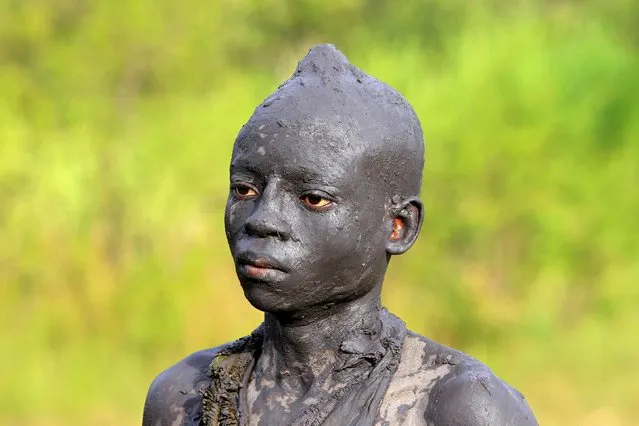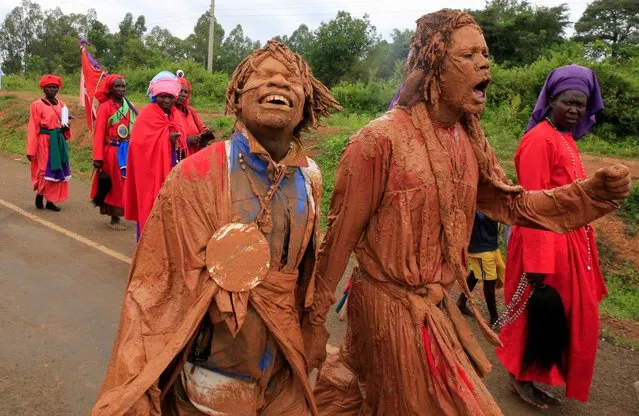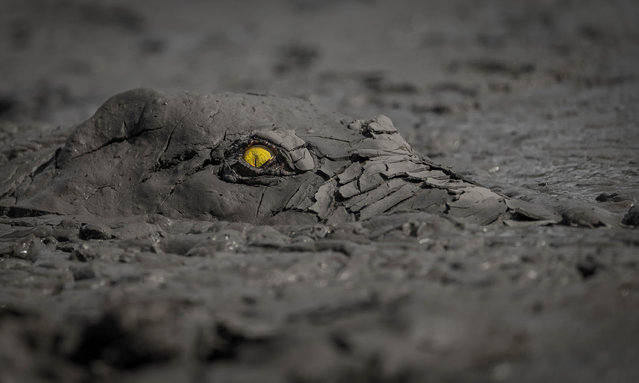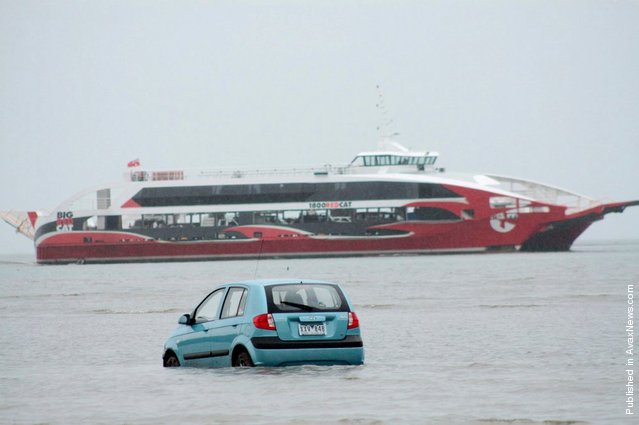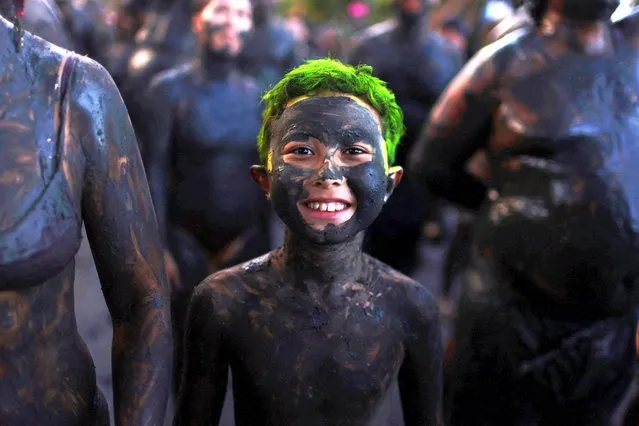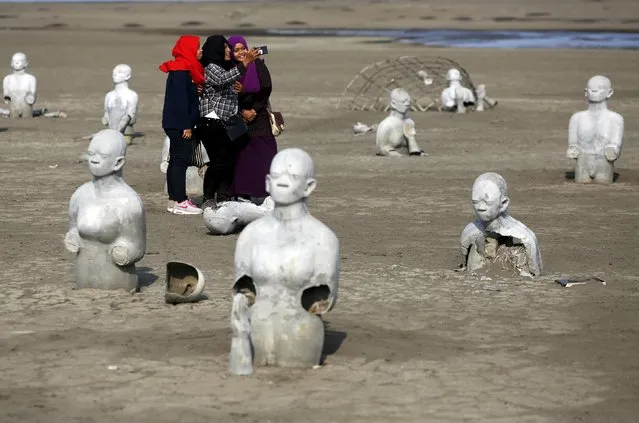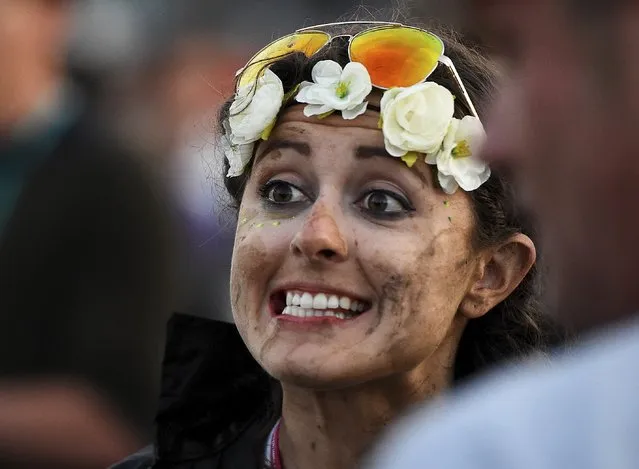
A reveller, covered in mud, chats with friends during the Glastonbury Festival at Worthy Farm in Somerset, Britain, June 26, 2015. The outdoor festival runs from 24 to 29 June. (Photo by Dylan Martinez/Reuters)
27 Jun 2015 13:41:00,post received
0 comments

